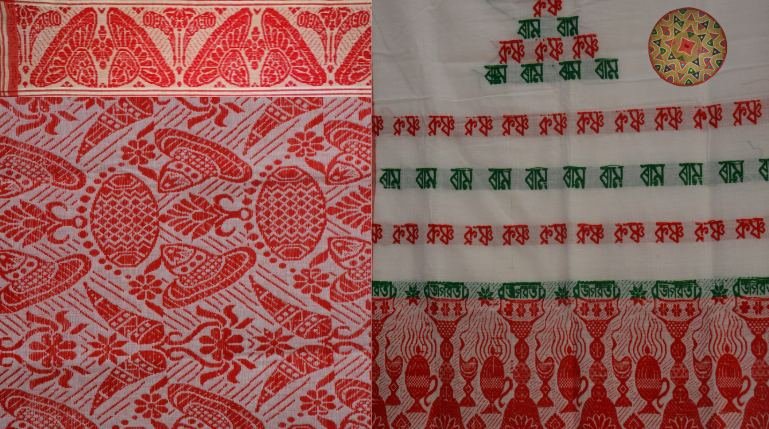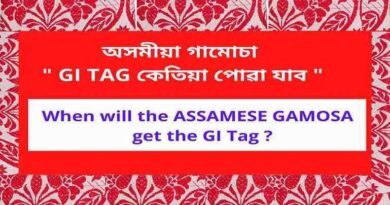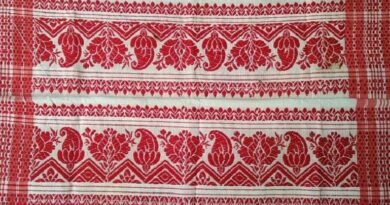About Gamosa
Materials
Cotton Gamosa is a singular identity of the Assamese Society. This small piece of fabric has excessive esteem and a large utilization within the Assamese tradition. Gamosa is one distinctive fabric article which can be utilized variedly. Nowhere in India some thing like ‘Gamosa’ is discovered. Gamosa is also called ‘Bihuwaan’, as it’s a vital a part of Bihu competition of Assam.
Design
Gamosa is of an oblong form, around 2 ft in width and 4 ft in peak, nearer to the form of a towel. It is white in color with crimson borders. One or two borders on the width, are woven with very inventive embroidery. The design embroidered on this specific piece is of the Conventional Assamese Xorai(an providing tray with a stand under it). The uncooked materials used for weaving Gamosa is cotton. However some gamosa utilized in particular occassions are made from Silk too. Although it is fairly easy, weavers present their inventive abilities within the motifs of a gamosa.
Utilization
The Gamosa is basically used to wipe the physique after a bathe (an indication of cleaning), in any case, the utilization reaches out to greater than that. A Gamosa is utilized to cowl the sacred writings or the cowl within the Prayer corridor (Naamghar). The Gamosa is utilized by Bihu artists the place they fold it over their heads in a solitary bunch. Uses it as a waistcloth (tongali) or an undergarment (suriya). Folks drape the Gamosa round their neck while praying within the prayer corridor (Naamghar).
While welcoming guests, they’re supplied a gamosa(known as bihuwaan on this case) and tamul (betel nut).Guests are gifted a gamosa(known as bihuwaan for this case) and tamul (betel nut) as an indication of respect.
Weaving
Historically, nation loom was used to weave ‘Gamusa’. The yarns used for “Phulam Gamusa’ have already mentioned. ‘Digh bati’ or Digh warping’ is completed by conserving provision to supply shed & based on the variety of Gamusa to be weaved (which is named ‘Ddoa Bandha Jari’). Lengthwise yarns are handed by way of reed and the reed is handed to a different finish of lengthwise yam which is named ‘solua’. That is accomplished to take away undesirable entanglement of warp yarns. Then the head association is completed. Particular motifs are used for ‘Phulam Gamusa’. Weft yarns are handed by way of shreds of warp yarns by the assistance of ‘Mako’. Beating of warp yarn to the face of fabric beam is completed by reed. To supply design skinny bamboo sticks are used to depend lengthwise yarn and passing of weft yarn ie. Anchu’, is completed by separate ‘Mako’.




